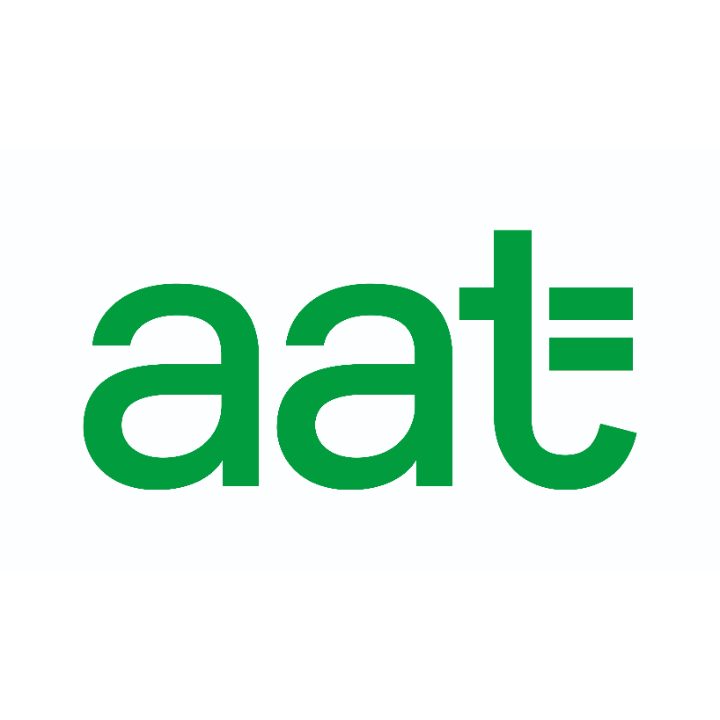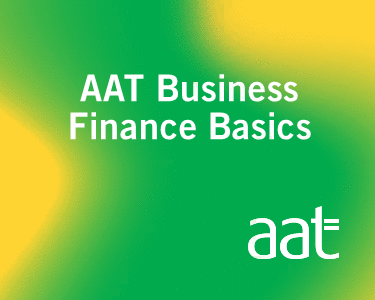Your brand defines who you are. Done well, it also helps you stand out from your competition. But how do you create a brand?
Who are my target audience?
Before any work starts on branding (or in fact any marketing) you will need to ask yourself “who is this for?” Who is your target audience?
The temptation to create something that speaks to you will be strong, but stop yourself. First, pinpoint your ideal client and don’t try to be everything to everybody.
When you market to everyone, you’re marketing to no one.
Contrary to what you might think, it’s much easier to build a business if you have a niche that either offers specific services or targets a certain industry (or both). Work to become renowned as the experts in your field. That will be pretty much impossible if you decide your field is everything.
| Key tip: Creating and growing a brand is easier if you offer a speciality service (like accountancy with business growth support) or target a specific industry (like hospitality or veterinary). |
Who are my competitors?
The instant answer is businesses like yours. If you’re planning to set up as a painter and decorator, for example, then it would be other people who offer the same service or sell decorating products.
It’s not just established businesses that you should include in your research – competition could also come from a new business that is offering a similar service or product to you.
You can start to find out where your competitors could be by:
- walking around the area in which your business operates
- looking through local directories
- reading industry magazines and press advertising
- talking to customers
- attending exhibitions and trade fairs
- searching on the internet
- collecting flyers, brochures and marketing literature
- checking information on Companies House’s website.
When carrying out your analysis, it’s worth bearing mind that with increased internet use potential customers now have more choice in finding services and products and you could find yourself competing with businesses from further afield.
Read more tips on how to research your competitors
Every business will face some form of competition. Understanding who your competitors are and what they do will help you stay ahead.
Read more
How do I create a logo?
A professional looking logo and visual branding will generate trust. If you don’t have any design experience, don’t try and create your logo yourself! This is one thing that’s definitely worth a little bit of investment and some expert advice.
Your focus instead should be on creating the brief. This will be the main reference for your designer as to who you are, what you stand for, who your business is, the nuances of your target audience, your services etc. So take your time to lay it all out clearly.
Once you’re happy with the logo, you’ll need the designer to create different file versions of it depending on different uses. Ask for a suite of editable branded template designs for any marketing collateral you might require like business cards, presentations, proposals and letterheads.
| Key tip: Get designer recommendations from another similar-sized business whose branding you admire. Get a few quotes to compare and take a look at each of their portfolios. |
One of the things you’ll want to think about is your colour scheme…
-
![Dividend calculator uk]()
Blue
The colour blue is associated with, among other things, stability and integrity. Perhaps that’s why it’s the most commonly used colour in business logos.
-
![]()
Green
The colour green is associated with, among other things, money and growth.
-
![Informi patterns]()
Purple
The colour purple is often associated with royalty, nobility, luxury, power, and ambition
A powerful mission statement
Your company mission statement, or tagline, should convey clearly what you do best, and what to expect from you. Don’t make it cryptic, and avoid using generic words like ‘quality’ or ‘good value’ – anyone could say this about any service, but what makes you stand out?
| Key Tip: Listen to your gut instinct – a good tagline should feel right. |
How do I craft my business voice?
Your brand voice conveys your business values and its personality, so the first step is to decide on these first and write them down. Then you can think about the sorts of things your brand would and wouldn’t say; what words it should use; and what sort of topics you should be talking about.
Produce a set of guidelines that has all the details about your brand in it so that it’s available for employees and suppliers to reference. Guidelines and consistency will future-proof your brand as it grows but your brand should also evolve with your business.
| Key tip: Somewhere between three and five brand values is the recommended number. Make them memorable and meaningful. |
Share this content

Brought to you by:
AAT Business Finance Basics
AAT Business Finance Basics are a series of online e-learning courses covering the core financial skills every business needs. They draw from AAT’s world-leading qualifications and will quickly build your knowledge on key topics including bookkeeping, budgeting and cash flow.
Visit partner's website












